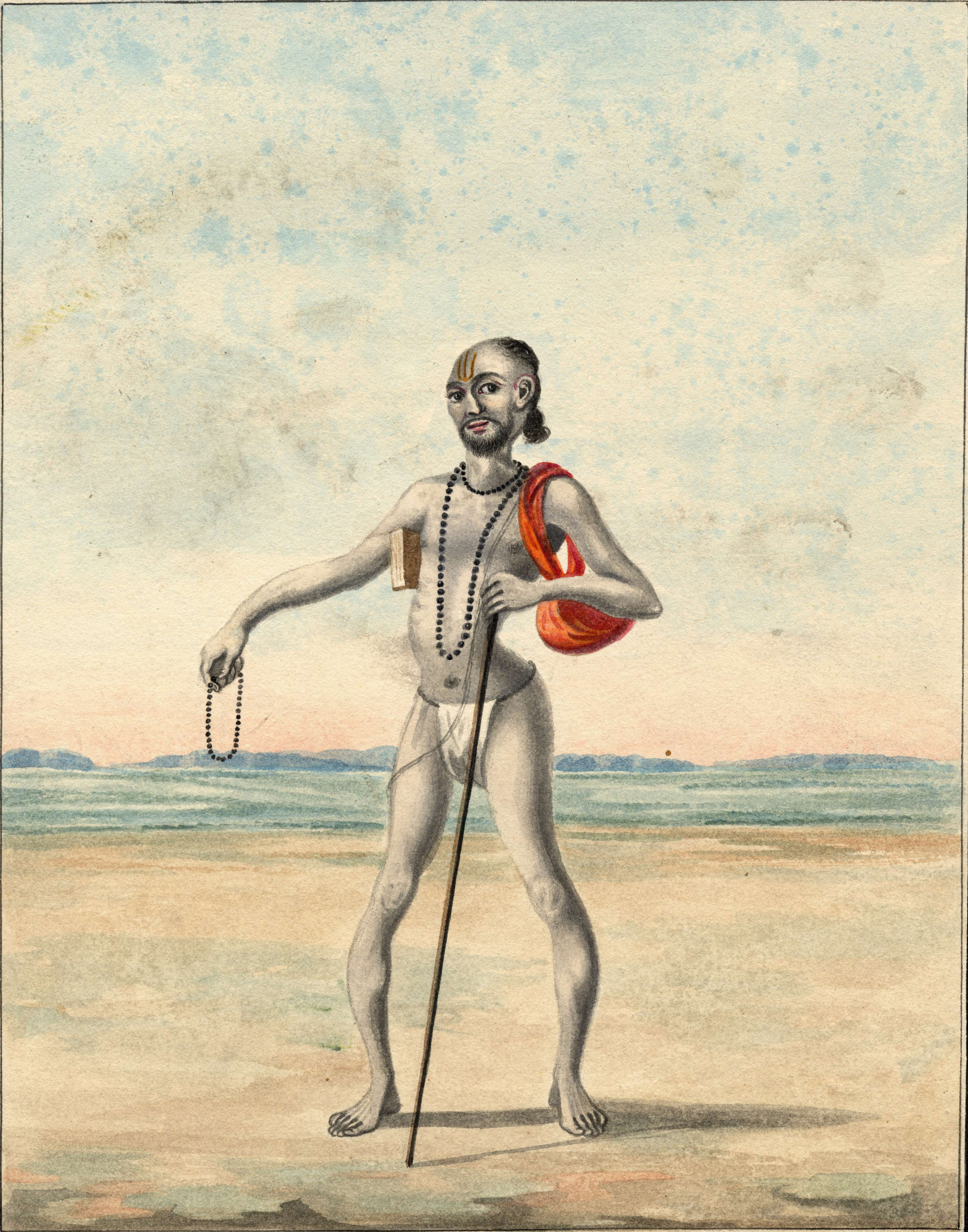 |
| Aggiungi didascalia |
Kahoda was the beloved disciple of the wise Uddalaka. After concluding his studies , the young man took to wife Sujata, the beloved daughter of the master.
The two were very happy and after a short time Sujata became pregnant. Wanting his son was wise as his grandfather and his father, the woman was going to attend lectures by Uddalaka and Kahoda.
After a bit of time, the embryo - which was obviously led to learn - pointed out that his father Kahoda had made eight errors in the recitation of a mantra.
Kahoda was very offended by what he considered an affront and cursed the unborn child which his wife had in her womb: "You said I made eight errors, well be born with eight deformities! "
Before the baby was born, Kahoda went to Janaka, king of Mithila in search of fortune.
Just at that time the king wanted to celebrate a great sacrifice, but could not do so until someone had not defeated in a wisdom duel the wise man Bandhi. Until that time no one was successful and the rule of duel predicted that those who were defeated were drowned while the winner could celebrate the sacrifice.
Even Kahoda lost and, like many other sages defeated before him, was drowned in the river.
After a few months after the death of Kahoda, was born the son of Sujata who - according to the father's curse - filed eight strains: two feet , knees , hands, chest and head. For this he was called Ashtavakra, which means "whit eightlimbs crooked" (in Sanskrit ashta means eight and vakra crooked).
At the age of twelve, the formation of Ashtavakra was finished, the boy was the most brilliant student, a wise man of rare wisdom.
When Ashtavakra knew the end that his father had done, he decided to go to the king Janaka to avenge Kahoda.
In a very short time the boy defeated Bandhi and claims that he were drowned as the other wise men had lost. At that point Bandhi revealed his true identity: he was the son of Varuna, the god of water, sent by the father to earth to choose the best wise men to celebrate his own great sacrifice.
"The sacrifice of my father has now been celebrated - Bandhi said - and the wise men can rise from the waters of the river."
When Kahoda, reborn from the water, learned that his son Ashtavakra had fought Bandhi was moved.
Bandhi then said, "Kahoda, bless your son and you Ashtavakra bathe in the river."
The boy - after having received the blessing of his father - plunged into the river, and when he came out from the water, all his deformity were remedied.



